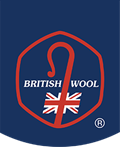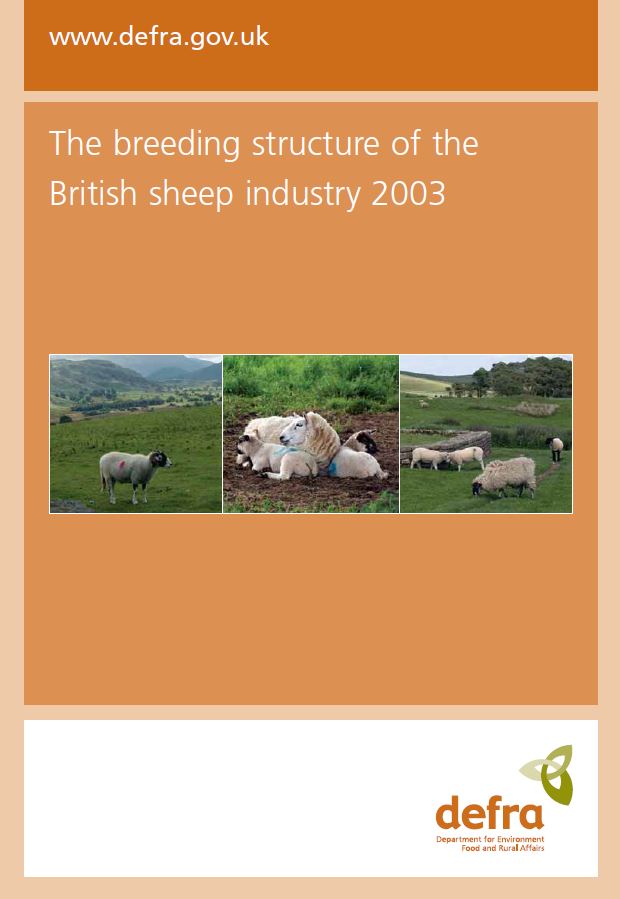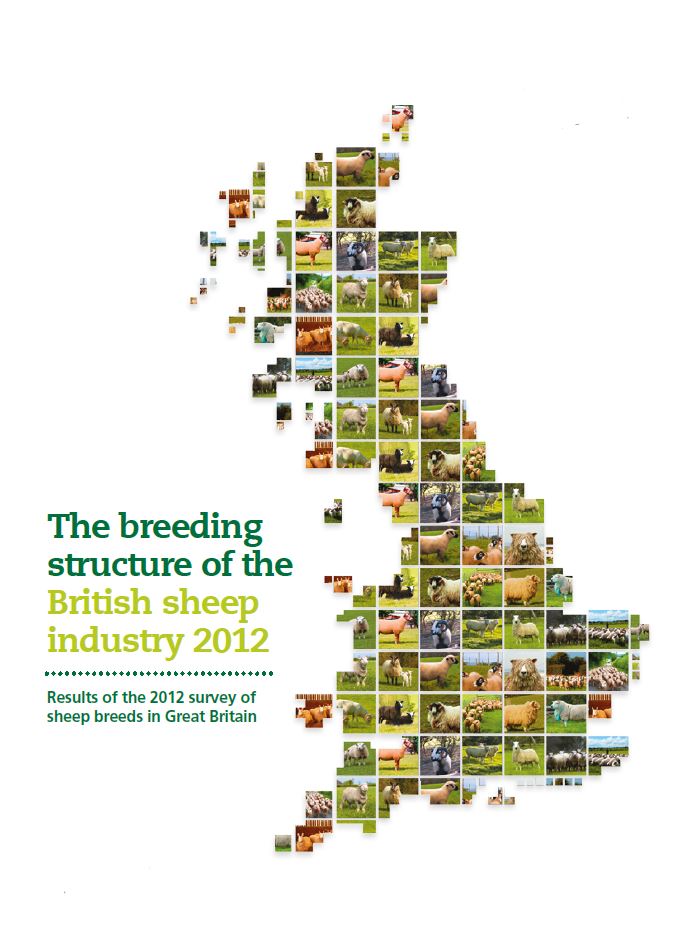Sheep Breed Survey
The Sheep Breed Survey is an important reference point for researchers, funders and policy makers in the UK sheep industry.
It informs us about the sire and dam breeds used in UK sheep production, as rams and ewes, but its impact is far wider than that.
The survey explains the structure of the industry, the degree to which stratification does or doesn’t continue to influence the sector and the current breeding policies in the lowland and hill sector that will influence future lamb production.
Knowledge of the breed makeup of the national flock helps to project changes in future productivity and efficiency.
Run by Signet Breeding Services and funded by AHDB, HCC and QMS; with support from British Wool.
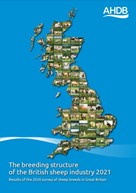 Results released August 2021
Results released August 2021
We are delighted to say the results of the Sheep Breed Survey have been released. Thank you to everyone that contributed to the survey.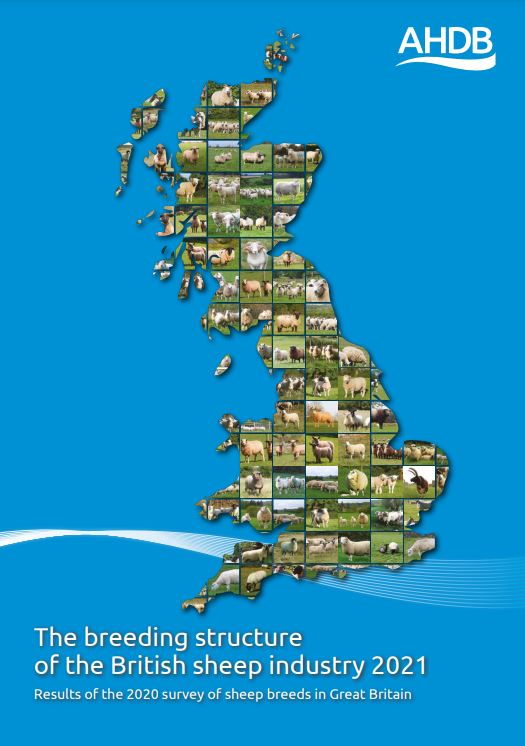
Listen to Geoff Pollott and Samuel Boon talk through the latest findings of the Sheep Breed Survey
The Sheep Breed Survey
The Sheep Breed Survey is an important reference point for researchers, funders and policy makers in the UK sheep industry.
The survey has been completed five times since 1971, with the last results published using data from 2012.
- 1971
- 1987
- 1996
- 2003
- 2012
In Autumn 2020 sheep producers throughout the Great Britain were asked once again about the breeds of ewes and rams that they keep on their holdings.
Latest News
The full report from the survey will be published on Monday 16 August.
An industry webinar is planned for Monaday 16 August, to release the results - click here to sign up
Rolling out of the Sheep Breed Survey in Autumn 2020
What does the Sheep Breed Survey tell us?
The survey doesn’t just inform us about the sire and dam breeds used in UK sheep production, its impact is far wider than that.
The survey explains the structure of the industry, the degree to which stratification does or doesn’t continue to influence the sector and the current breeding policies in the lowland and hill sector that will influence future lamb production.
The survey shows the degree to which the industry utilises both hybrid vigour and breed complementarity. The knowledge of breed makeup helps to project changes in future productivity and efficiency – for example, indicating the change expected in lowland ewe weight due to breed substitution (as raising in recent work for the joint levy bodies by Abacus Bio).
Breed Survey Data informs the debate for supply chains seeking to market meat on the basis of system/breed/region. For levy organisations promoting hill lamb in Scotland and Wales, it indicates the current breed structure – and informs the debate about the marketing of light lambs. For HCC this data will help to quantify the impact of their Hill Sheep Breeding Project. In fact the baseline information produced by the Breed Survey is an essential component of most cost benefit analyses completed by or for the levy bodies – as well as being used by external organisations, such as the NSA, Breed Societies and university researchers.
Knowing the distribution of breeds across GB guides our genetic research. Although it is possible to find out how many sheep are registered by individual breed societies the Survey goes further than this, estimating the total size of breed populations by including unregistered purebred animals. Breed specific knowledge helps to define current and future breeding goals. An understanding of flock size within a breed, informs our view about the potential selection pressure that can be achieved through genetic selection and thus barriers and opportunities for genetic gain. Further to this the survey provides an indication of genetic diversity and highlights breeding lines that may be lost to the industry – as well as the spread of new importations and the development of synthetic, composite breeds.
The breed survey isn’t just a resource for those interested in genetics. Knowledge of the distribution of breeds across the UK helps to inform us about wider issues influencing sheep health and welfare, nutritional requirements and their environmental impact. It also indicates the update of practices such as the retention of female replacements, breeding from ewe lambs or the use of EBVs in ram selection that will shape research, knowledge transfer and ultimately the industry in years to come.
Why now?
The industry is at the point of great change – and a study in 2020 would provide a benchmark against which to assess this change, with future policies - particularly in the hill sector, being better informed by up to date information.
How can I get involved?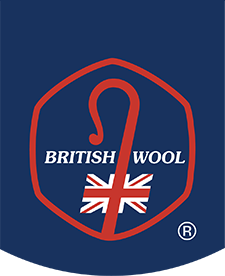
During October British Wool will be mailing a copy of the survey to all of the sheep producers on their mailing list, this will be accompanied by a freepost envelope.
Anyone that hasn't received a form that would like one can download and print the form here - and either mail it back - or perhaps more conveniently take a photograph of the form and email it to [email protected]
- Letter and instructions - English
- Sheep Breed Survey Form - English
- Letter and instructions - Welsh
- Sheep Breed Survey Form - Welsh
If you would prefer to complete a form electronically, these are available below. Please save your completed form and email back to [email protected]
This work is being undertaken with the grateful support of British Wool
Work funded by AHDB, HCC and QMS
